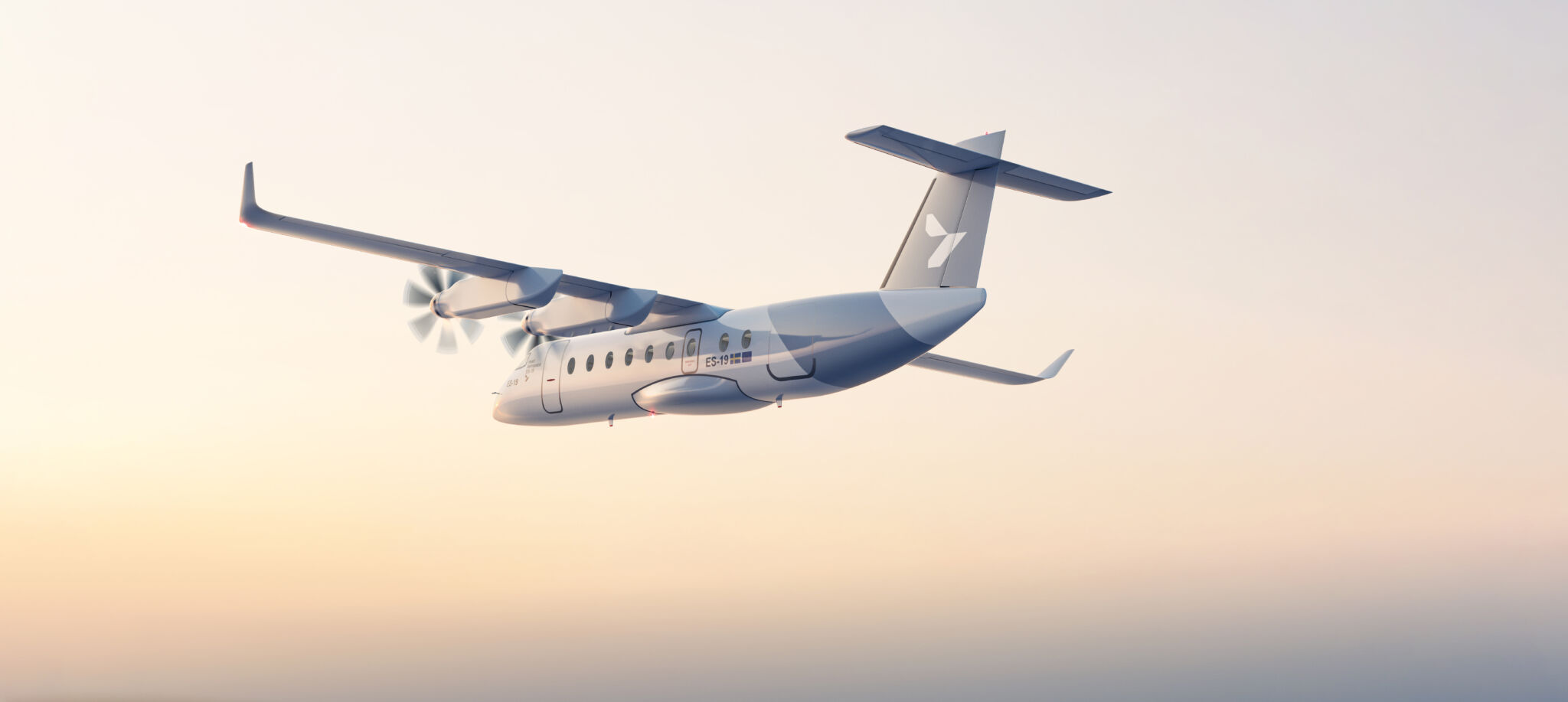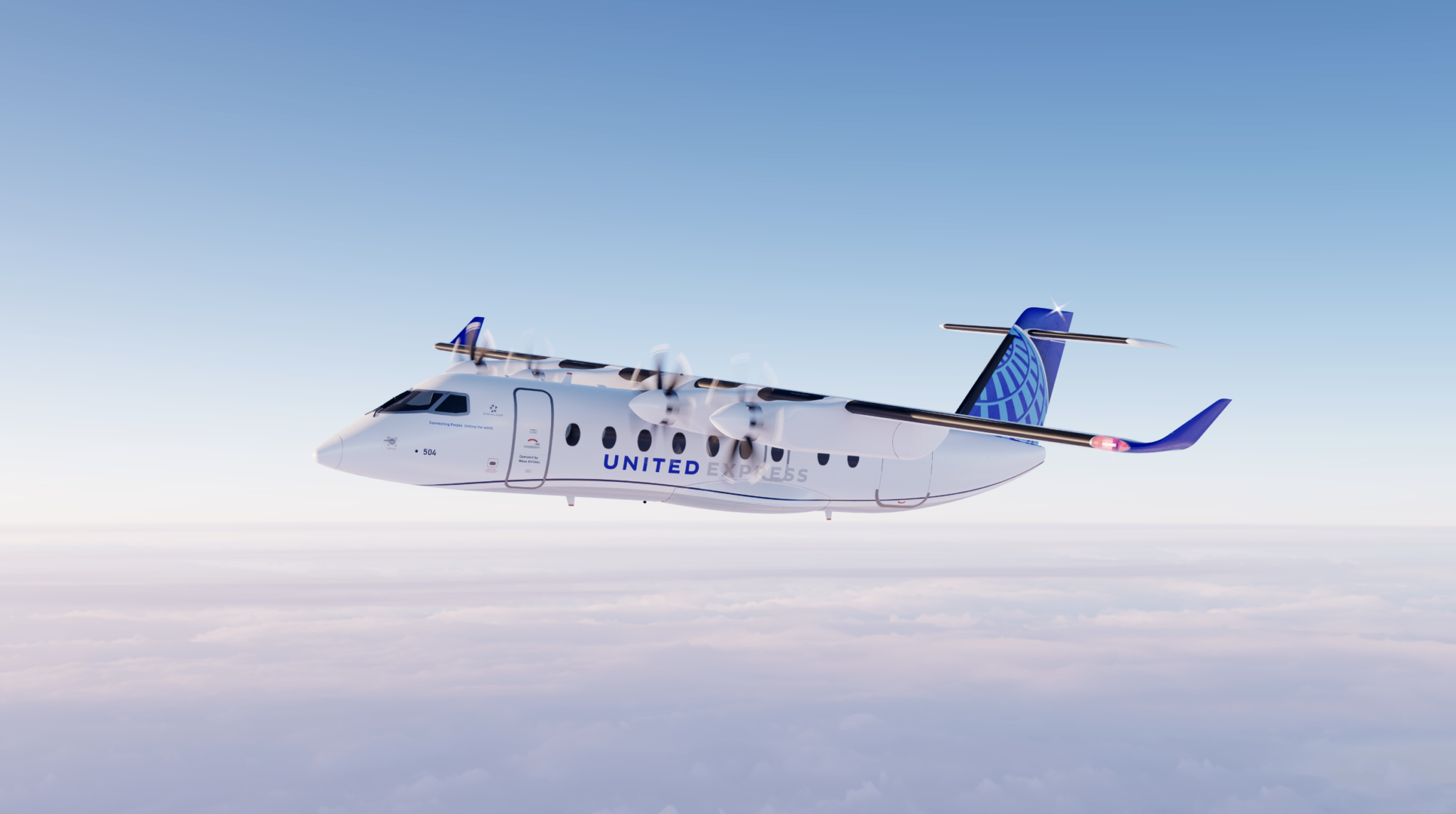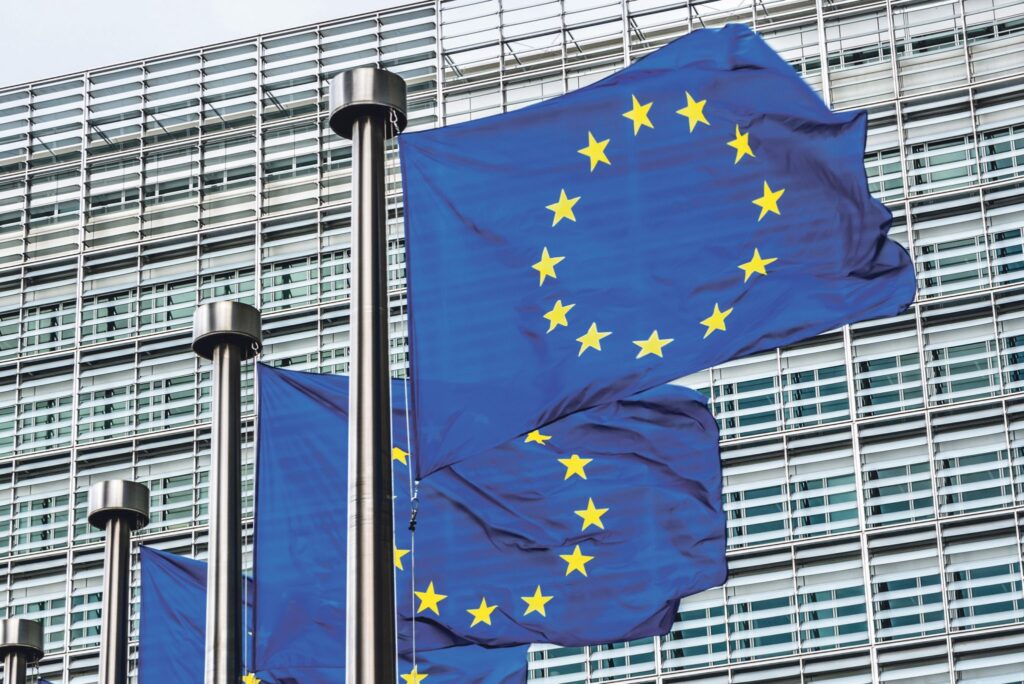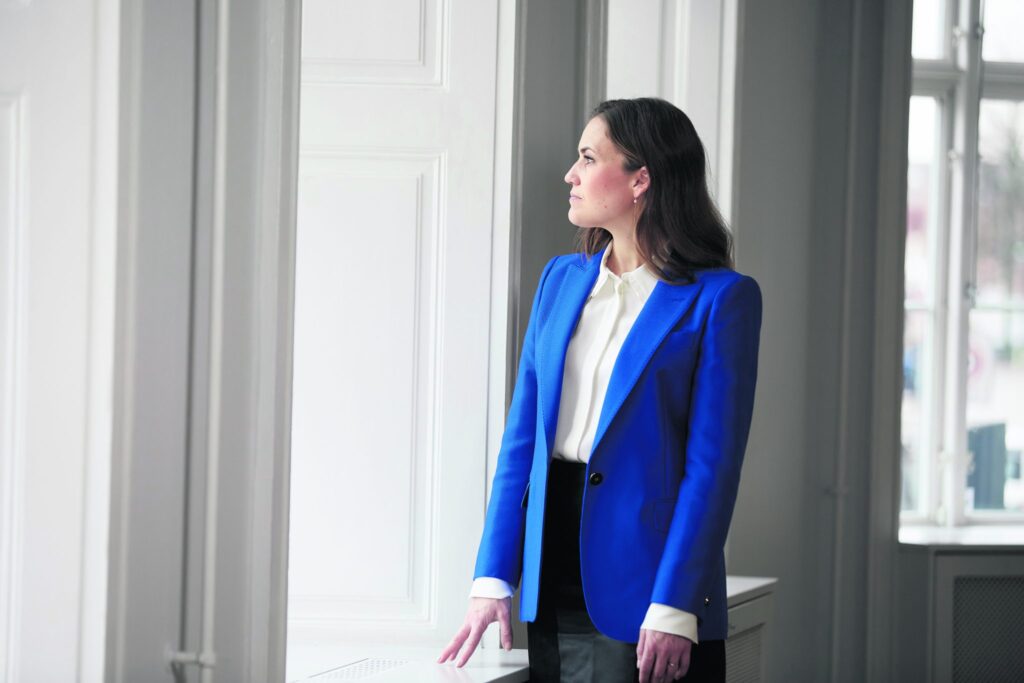Sustainability

Clean Sky Dreaming – Aviation is a huge challenge
Marie-Louise Arnfast
When the Danish prime minister Mette Frederiksen proclaimed in her last New Year’s speech that Danes must be able to fly green on a domestic route by 2025, many eyebrows were raised. We are not close to having a sustainable solution for a normal-sized passenger plane to take off. But the ambition is there, and not just in Denmark. Norway wants to electrify all air traffic by 2040. Sweden wants to shift all domestic short-haul air routes away from fossil fuels by 2030, and the Swedish start-up Heart Aerospace has set a target of flying electric on domestic routes by 2025. Many of the world’s airlines who are members of the International Air Traffic Association, IATA, have also agreed on a common goal of ensuring zero-emission air travel by 2050.
Batteries are heavy – and biofuel is limited
The challenge with electric planes is mainly that the batteries are too heavy to lift the silver birds up and on along the routes that are most frequently served by airlines. But work is underway. In Norway, light electric planes are currently being tested for carrying a small number of passengers. As experience builds up, the expectation is that the development in battery technology will eventually make it possible to use electricity to power slightly larger aircrafts. Meanwhile, work is also being done on using biofuels based on straw, wood residues and household waste as admixture. The Stortinget parliament has set a target of 30% biofuel blending by 2030. The volume of raw materials for biofuels is not infinite, however – but in principle that would be the case for wind and solar energy to deliver green power.
Using Power-to-x to make synthetic aviation fuel
While green power can probably only to a limited extent be used to directly propel aircrafts, much interest is now also being directed at using green power to make liquid aviation fuels. This can happen through a multi-step process, where green hydrogen is first produced by sending electricity from solar and wind power through a process of electrolysis. The hydrogen is then reacted with CO₂ from biogas, for example, which produces e-methanol. This is a liquid product that can be further processed into synthetic kerosene, which can replace the currently used aircraft fuels that are based on fossils.
In Denmark, Ørsted, SAS, A.P. Møller-Mærsk, Copenhagen Airports and others have established a partnership with a view to develop a production plant for hydrogen and sustainable fuels in the Copenhagen area from 2023. In Sweden, Vattenfall, SAS and Lanzatech have joined forces to explore the possibility of producing synthetic, ethanol-based aviation fuels. And in Aalborg, Denmark, European Energy and Copenhagen Infrastructure Partners are working to produce synthetic e-fuels based on green hydrogen and biogenic carbon dioxide.

Green electricity could be in short supply
The challenge in producing green aviation fuels is not primarily a technological one – but lies more in upscaling and being able to get green “raw materials” in sufficient quantities. Producing green hydrogen requires large amounts of power from renewable sources, and carbon dioxide from biogenic processes may also become a scarce commodity. With the green transition, green electricity will generally be in hot demand, and climate-wise the optimal solution is to use this power for direct electrification, as this will provide the greatest energy efficiency. But to the extent that solar and wind power can produce electricity in addition to what is consumed through the grid and batteries, this could usefully be converted to sustainable products such as green aviation fuels.
Long-haul pollutes the most – per kilometre too
Domestic flights in Denmark have a limited CO₂ footprint of just 0.28% of total emissions. But the CO₂ load from air traffic is significant if we look at international aviation, which the Danish think tank Concito estimates is responsible for 4 to 5 percent of global warming. Long-haul routes are by far the worst, as emissions happen at high altitude with a much bigger warming impact. In 2017, more than 4 billion people travelled by air, and more than 80% of flights were longer than 1,500 kilometres. Switching short-haul domestic routes to green will have a limited effect on total CO₂ emissions from air traffic. But it will give us valuable experience that can be used to switch all international flights to green as well.






